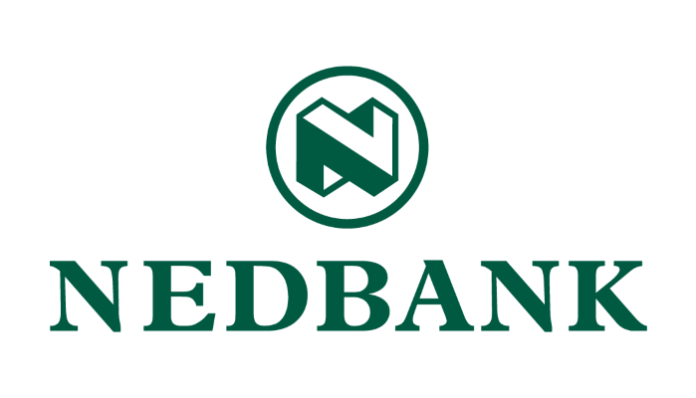It is almost impossible to not realise that the method and process of designing has grown in importance over the last few years. We all want to know the “story” about a design and how it came to be etc.
I love stories: love telling them and reading them. To me, they are part of the design, part of the product BUT there is an interesting flip-side to this coin and
Jessica Helfand (editor and author of the blog
Design Observer) made me realise it and notice it.
At young design institutes the danger of this empahsis of ‘the process’ or ‘story’ is very clear. The designer’s name might as well be written in black marker all over his/her work because his/her life experiences are highly reflective in his/her work. The process of design has been glorified and proclaimed as “the design”. This is no longer objective and yet it is presented as such.
Jessica Helfand puts it very well:
“The design student, after considering so deeply the intangible forces framing the interpretation of visual form, comes to believe that the very act of interpretation is itself form“. She asks
“when did the mirror of autobiography become our canvas, our public lens to the world?“.
I agree with Jessica Helfand. The method of design, the process and the story is important, but it is not more important than the design and should not be misunderstood to be the design. The design should speak and be able to stand alone. The process or story is simply the designer’s journey and yes, the trend is to know the “story” behind the design, but it is only after the world has noticed the design do they start asking and inquiring about you, your story and your design process.
So understanding this, I will continue to tell my story, the story of a product and show the process of the design because I think it is important and interesting. However, the intention is not to make the process the design but to rather offer insight into it. The process is the shadow to the design and not the design itself.






























